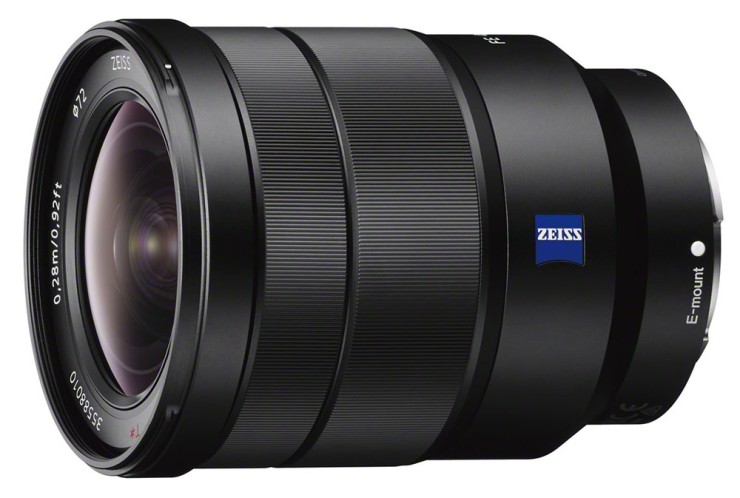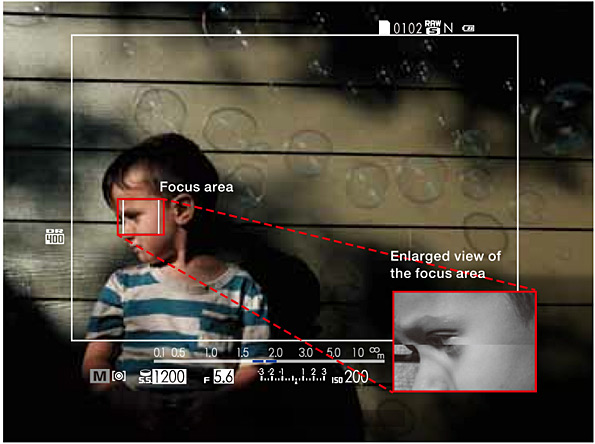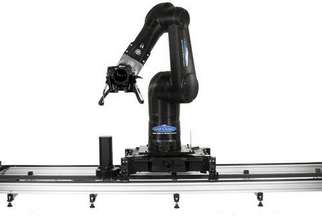The manufacturer which always has big launches, Sony surprised everyone with a hush-hush presence at Photokina 2014, with no camera launch. However, the manufacturer is showcasing two new lenses at the event.
Sony unveiled the FE PZ 28-135mm F4 G OSS, a lens specially designed and optimised for video. The new lens is a full-frame E-mount lens, with a power zoom, and three separate rings with ridges for zoom, manual control and aperture
According to Sony, what’s special about the lens is that it maintains its focus when the focal length is changed, thus helpful when closing in on a subject or zooming out.
With a weather-sealed body, the lens features a tripod collar mount. It will be priced at about $2500, and will be available by the end of december.
At the event, Sony also launched the Zeiss Vario-Tessar T* FE 16-35mm F4 ZA OSS. Another full-frame, E-mount lens, the Zeiss Vario-Tessar T* FE 16-35mm F4 ZA OSS is an ultra-wide zoom.

It features a weather-sealed body to protect it from moisture and dust. The lens also features optical image stabilisation. The wide-zoom will be available mid-November and will be priced at $1350.













